Everything starts somewhere. In late 2001 digital cameras were expensive – far too expensive for a college student who’s only income was £30 a week from a shift as a cycle mechanic in the local bike shop. No amount of wheel straightening and inner tube replacing was going to generate the amount of cash needed to enter the crazy world of grainy, sub megapixel digital cameras that had been doing the rounds in 1999 and 2000. Not after a weekend in the pub at any rate.
I’d managed to borrow the odd digital camera from friends in the preceding years, including the absolute classic that is the Casio QV-10a, a camera that invented 320×240 pixel selfies before selfie was even a word. I still have a folder with well over 200 pictures taken on it and they’re some of my most cherished digital memories despite being what would barely class as a thumbnail these days.
Back then, digital cameras seemed really cool. They were properly new, magical technology that everyone wanted – I mean, just think, no more film development costs! Unlimited pictures! No need for a scanner! My goodness… Other than keeping up with reviews in PC magazines, I didn’t pay a great deal of attention to them after the QV10 experience as they were so out of reach and reviewers kept using phrases like “still not as good as film.”
Wind forward to the cold winter of 2001 and back in to the college comes one of our classmates after lunch with his latest toy – a Fujifilm Finepix A201. Like anything, when you leave several years between one experience of a technology and another, new models can seem really impressive simply because time has moved on. We all gathered round a laptop and had a look at some test shots and I couldn’t believe the quality of images that came out of this little plastic box, they were genuinely good photographs – certainly exactly what I’d expect to come out of the equivalent film compact of the time at least.
“How much was that?!”
“Under £200, they were on sale.”
Already, in my head I could see new content for the god awful website I used to write at the time. That was enough convincing, the next day I went out and blew the best part of £200 of the Governments money on my own A201 – my very first digital camera. Come to think of it, I’ve been paying that loan off for the best part of 17 years, I’m fairly sure with interest that camera has probably cost me about £3000…
In this post:
- Why buy another one over 20 years later?
- Old digital cameras are starting to die
- Trying to get a working copy
- Back in business
- Compromise, compromise everywhere
- A decent hit of nostalgia
- Conclusions and Learning
Why buy another one over 20 years later?
Good question. I had actually been looking for a Casio QV-10 but those things are beginning to sell for way more money than I think is sensible to spend on something which takes photographs that are worse than a 99p childs toy camera. Furthermore, Casio did the inexplicable and created a proprietary serial cable that you had to use to communicate with the camera to retrieve pictures – the memory was internal and couldn’t be removed or accessed in any other way. Couple this with the fact that they also only talk to the QV-Link software and you’ve got a Windows 98 retro PC project on your hands. I don’t mind knocking up an old machine from bits in the garage, but I’m not paying £50 for the camera, so this is a project that can wait for now.
Whilst the QV-10 had been the first camera I had used, it wasn’t mine. The A201 was and although I really don’t have any particularly fond memories of it or great affinity to it, it seemed like a good idea to have a look how much they were going for on the world’s great recycling centre eBay.
I can distinctly remember that the A201 never felt like a well built or even remotely premium camera when new. It was very plasticky, light and ate batteries like there was no tomorrow. It’s little surprise to learn that today there is little love or nostalgia for it and prices are absolutely rock bottom. I could’ve had a fully boxed version for £20 but that didn’t come with a memory card and they used a weird type of memory card called “smart media” that never caught on and cost a fortune at the time. It’s odd in retrospect, but memory card formats were in their infancy back then, the war between SD or “Secure Digital” as they were always full-named and Compact Flash was only just getting going. Plenty of other formats came and went during the early 2000’s including some absolute tripe by Sony who never, ever learn their lesson about proprietary formats. Betamax, anyone?
I sorted by cheapest and top of the list was this:
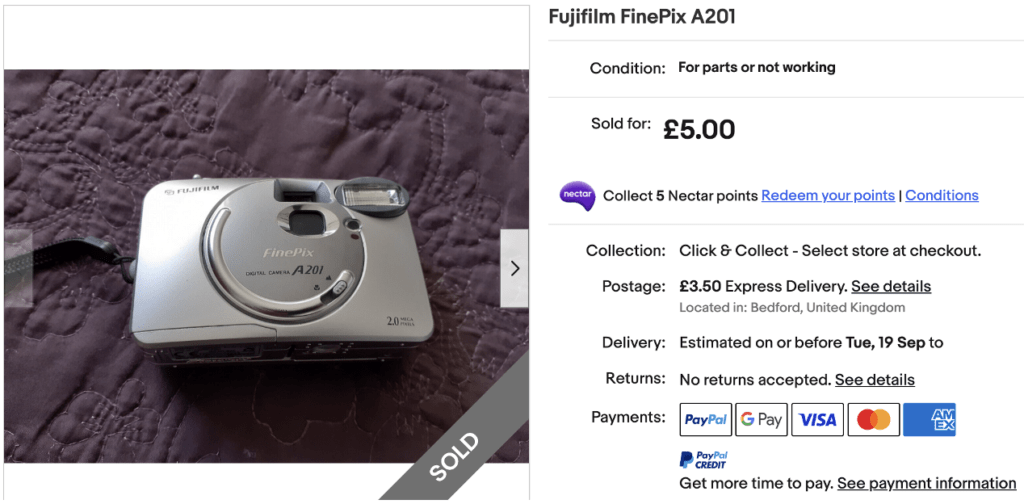
“For parts or not working” doesn’t usually put me off. I always check the listing out to judge whether something is worth a repair attempt or if I think it’s simply a case of someone genuinely can’t (or can’t be bothered) to test the camera. The description for the auction went like this:

“It’s in working condition.” I mean… is the word “not” missing from that sentence or is it a case of the seller hedging their bets and just listing it as knackered so if it breaks by the time I get it I can’t complain? An understandable strategy considering the absolute loonatics that seem to inhabit eBay when you sell items, there was only one way to find out the truth on this one – stump up £8.50 and wait a few days. For the price of a single pint of beer in a London pub it’s worth a punt isn’t it.
Old digital cameras are starting to die
Some time back I tried to get a working Canon Ixus 500 and failed miserably. It turns out that every single one of them was fitted with a faulty sensor which, over time, degraded and either produces purple or completely black images. If you have a working Ixus 400 or 500 right now, be careful with it because it will, without doubt, die unless you have one of the very few that got sent back to Canon during the recall period.
The truth is that all electronics are fragile. As time passes, anything which contains an electrolytic capacitor or lead free solder will likely suffer some kind of failure as it ages. Furthermore, chips can and do just fail for no apparent reason through normal use.
Was this camera dead? Well… no, but it wasn’t exactly happy either.
A long story short, there is something quite wrong with the camera that there is no chance of fixing. Initially it ignored the memory card, but a simple clean of the contacts and de-oxidation of the card reader pins sorted that. I searched the entire house about three times in vain trying to find my old card reader that could handle the very, very silly “Smart Media” cards that this camera used. Eventually, I resorted to a friend who hoards more old gear than even I do and he just happened to have a compatible card reader. The card worked flawlessly in there each and every time and I managed to recover someones images from a trip to London in 2002.

Talking of Smart Media, it really was a complete flash in the pan format. Heavily promoted by Fujifilm, these unnecessarily large and floppy, snaptastic cards came in sizes from a couple of MB all the way up to a massive 128mb if you had a million pounds spare to spend on one. They lasted about five minutes and even the Finepix A202 released exactly one year later with practically zero changes to the A201 abandoned it in favour of an alternative memory card format. Smart Media was so smart that the write protect mechanism was a foil sticker which shorted two pins in the card reader…
Given that the memory card is probably fine, I tested further. The camera will power on about 8 times out of 10, other times it will simply turn on the green light and freeze, unresponsive to any of the controls including the power switch. Other times it will take pictures, record them but refuse to read them again from the card. Finally, accessing the settings menu is next to impossible, I’ve managed a couple of times and even then it appeared to be corrupted.
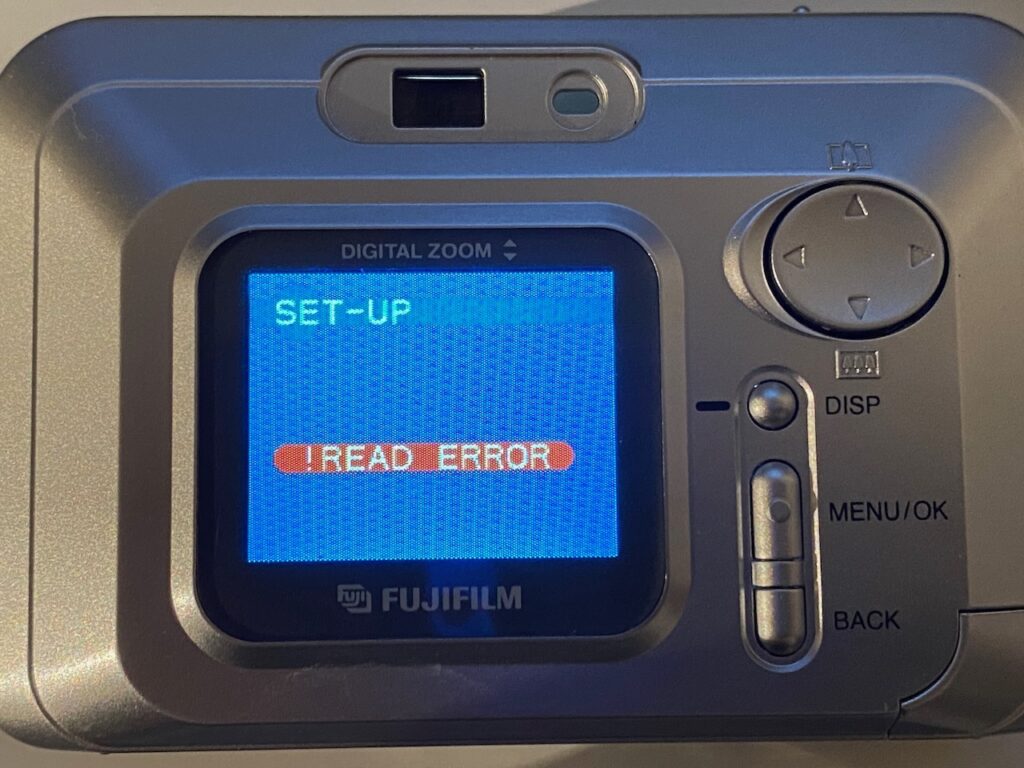
I did some further digging and took the A201 apart. Half way through the strip down I did the fatal thing of bridging some contacts with my fingers and began to electrocute myself. I got really, really lucky here – I have electrocuted myself once before on a flash capacitor and it physically and literally sent me across the room off the chair I’d been sat in. This time I didn’t bridge the contacts directly but either way it was finding a way to slowly discharge in to me to the point where it gave me a decent headache and a pain in my right arm. When I shorted the capacitor out using an insulated electricians screwdriver it gave off an impressive bang. Never, ever underestimate the power of a flash capacitor – they are lethal.
What I discovered from the teardown was that the firmware is stored on a flash chip which is, according to its data sheet, only rated for 10,000 read cycles. That surprised me a lot, there’s every chance you’d hit that in normal use so this camera is pretty much built to fail by design. That probably explains the odd behaviour. It was time to give up and try again.
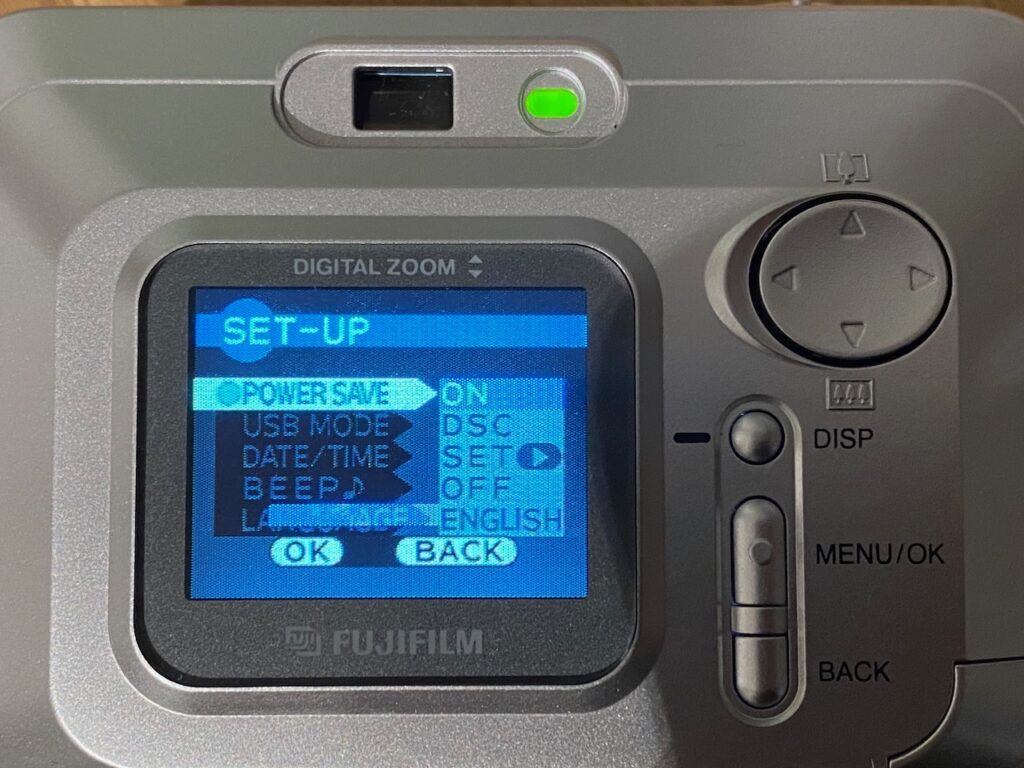
Trying to get a working copy
In the three days since I’d last bought one, prices had started to rise to around the £20-30 mark which is very silly for a camera as utterly useless as the A201. Luckily, though, someone was selling another “untested” job lot. Considering I had one to use for parts, hopefully if the next one had a problem it’d be different enough that I could bodge one working machine together out of the two. As a bonus, it came with a completely unusable Ixus APS camera and a Yashica compact camera.
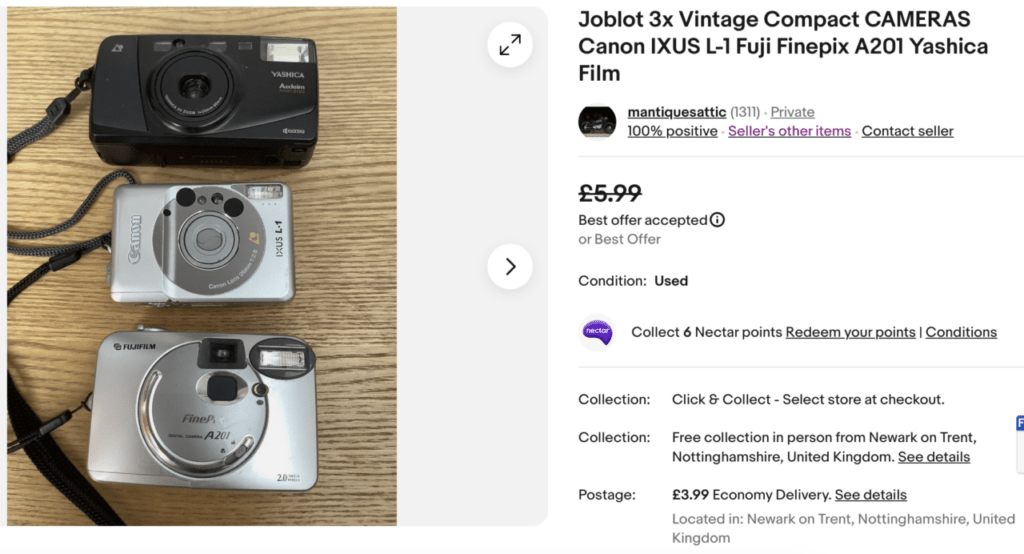
This turned out to be a great buy. Other than the Fuji being fairly dirty and sticky, it was working perfectly. As a bonus it came with yet another 16mb, super bendy Smart Media card with a couple of odd pictures still left on there. I’m always surprised that people don’t think to check their memory cards or, failing that, to remove them before sale.
I decided that instead of cleaning up the case it’d be easier to just swap it with the case from the broken A201 to make one really good, fully working version. Taking extra care this time to discharge the flash and not electrocute myself for a second time, within fifteen minutes I had a mash up of cameras, fully working and looking like it had come straight out of the box new. Not bad.
What of the other cameras that came with it? Well, the Ixus is beautiful, fully working and utterly useless because it takes APS film and the Yashica held a little surprise – it had a loaded, partially exposed roll of film in with 24 shots remaining. I don’t know what film it is nor whether it is a 40 exposure or a 25 exposure roll but I’m hoping the former so that I can get some old memories off there when its finally developed. If it’s just a plain old 25 roll then for some reason it’d been loaded then just forgotten about. That roll and one that I have in another Ixus right now will probably be the last APS film I ever shoot. Luckily the local lab (we are so fortunate to still have an independent retailer in the town) can still develop APS so I won’t have to resort to bodging it myself.
Back in business

It had been 22 years since I last used this camera and so much has been lost to the mists of time. I’d forgotten that the memory cards are the size of an After Eight mint, that they only hold about 12 images before you’re out of space and how low the ISO range was. If you point it at anything but daylight, and reasonably strong daylight at that, it will either fire the flash with merry abandon or just give you blurry images. According to the EXIF information, the ISO is fixed at 100 and cannot be changed.
I don’t ever recall this being a problem at the time, but then when you really stop and think about it that’s because I had no idea what I was doing with a camera in 2002, and as film was still so prevalent then, I’d have been used to compact cameras that were probably loaded with ISO 200 film and therefore not great in anything but daylight anyway. How quickly we forget how far mobile phone cameras have come when we can whip those out of our pockets in almost darkness and they’ll happily take a sharp, clear image without so much as a shrug of the shoulders.

The simplicity of the A201 is quite endearing. It is as point and shoot as it is possible to get. You can set the image quality, whether the flash fires or not and a self timer. That’s your lot. Something I had totally forgotten is how utterly ravenous these cameras were for batteries. This thing eats batteries if you so much as dare to leave the screen on and use it for framing shots. This camera was designed for you to use the viewfinder and that’s the default shooting mode. when powered on, it plays a little bleepy tune and turns the ready light green. That’s it – the screen remains off unless you deliberately turn it on to use. If you do turn the screen on, it feels like a matter of moments before the dreaded red flashing battery symbol appears and its time to crack out another set of rechargeable AA’s.
It was then that these vague memories started to come back. I suddenly recalled taking this camera on holidays and religiously not using the review feature, not using the screen to compose shots and avoiding video because of battery drain and the fact you’d get about 5 seconds of video before your poor 16mb memory card was full and I was too poor to afford another.
The shutter button is deceiving. There is no focus, it’s “fixed” and therefore a half press of the shutter button does absolutely nothing at all. It takes quite a bit of getting used to and I still half press the shutter out of habit even after some time using it again. Considering the lack of half press or focus, the shutter button actually has far too much travel, it’d be a lot nicer with a shallower press that would make it feel far more responsive.
Compromise, compromise everywhere
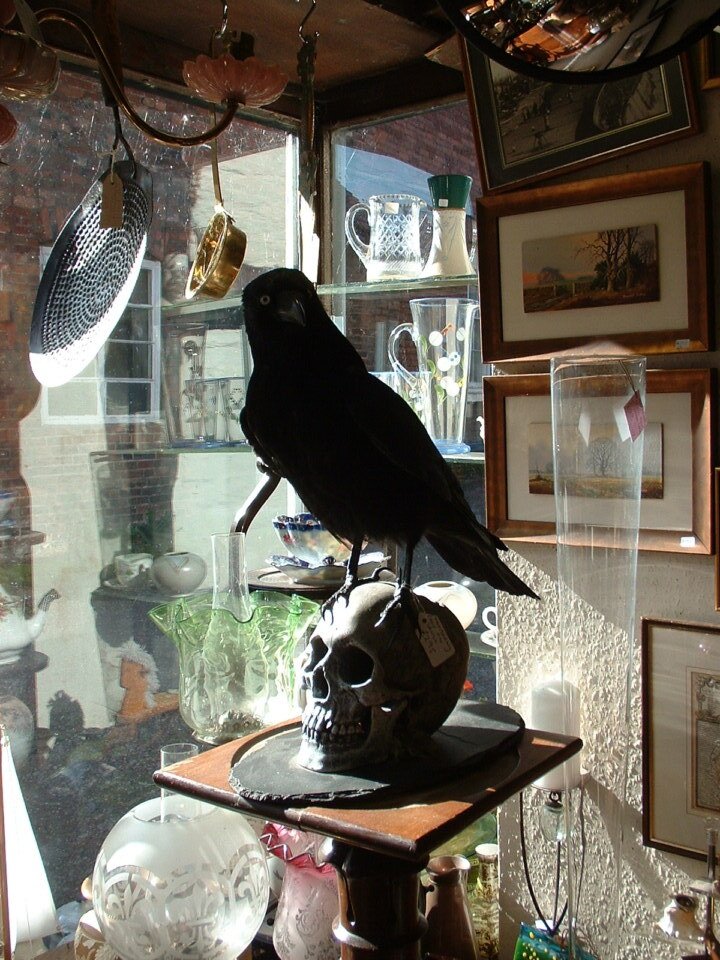
Looking back, the pace of development in digital photography around the turn of the new millennium was nothing short of remarkable. To pump out a 2MP camera so cheaply took some doing in 2001 and it comes as no surprise really that the dynamic range is poor, the ISO fixed and anything like a long exposure fills the image with hot pixel noise. It’s easy to forget, though, that this was certainly considered good enough back then. Don’t forget that the wondrous 3MP Canon EOS D30 DSLR had come out only one year earlier, was totally cutting edge and would’ve set you back more than 10x the price of an A201.
The A201 isn’t small by modern compact camera standards but it’ll fit in a pocket that has nothing else in. This wasn’t such an issue in 2001 – we all used to wear massive baggy jeans then that acted like sails every time you ventured outside, with pockets like shopping bags. In 2004 I owned an Ixus 500 and that was so compact I’d carry it absolutely everywhere with me until phone cameras finally came up to scratch and it didn’t make sense to have a dedicated stills camera with you at the same time any more. The A201, however, was never a permanent trouser pocket fixture. This was probably mostly down to the fact it constantly needed new batteries, so by the time you pulled it out to take a picture you’d be slightly disappointed when it just flashed a red battery symbol at you.
At the time, I treated the A201 more like a film camera than I would a modern digital. Due to the size and limited space on the 16mb memory card it was a case of only really using it for an “occasion” rather than later on when I’d carry a camera in case I saw something, anything, that took my eye to take a picture of. It’s funny to think that we went from “limited” film cameras to “limited” digital cameras and for quite a few years never really benefitted until costs came down and specifications went up.
A decent hit of nostalgia

After the inevitable adjustment period where I had to get used to the old way of shooting a cheap digital compact, I ended up really rather enjoying myself. Using the A201 in public was quite interesting because people didn’t recognise it as a digital camera, it looks and is shot through the view finder just like an old film compact. This is a double edged sword, in some cases its quite nice to use the little viewfinder and to not review images on the screen (for fear of battery drain) but in other circumstances you lose the ability to be discrete about taking a picture or being able to handily use it at different angles whilst using the screen.
The macro mode is really janky and quite useless in many situations. You have to guess at which point the subject is too close, flick the switch on the front to macro and have a go at holding the camera still. I don’t know internally what difference macro mode makes, but it certainly requires even more light than normal. I’ve not managed to take a macro shot in daylight, let alone indoors, where the A201 doesn’t display the camera shake warning. The A201 also defaults the screen to being on during macro shooting and it cannot be turned off. This is rather pointless because the resolution of the screen is so low you cannot tell if anything is in focus or not – a number of times I lined up a test shot on a solid surface, thought the focus was bang on and the resulting image was a blurry mess! I don’t remember this back in 2002 at all, but it must’ve been the same.
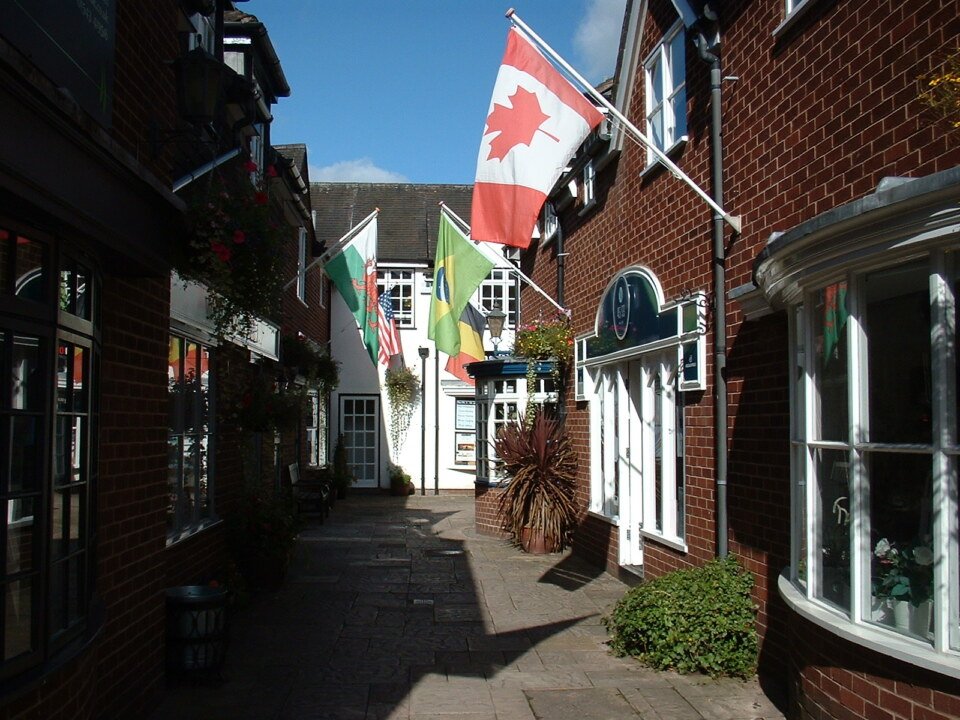
I think that whilst it’s easy to pick faults in this camera, this is also to take it way out of context and to place modern standards against an old product. However, when I think back, some of the faults I’ve talked about here were prevalent and irksome even in 2002. After the initial excitement of finally getting my hands on a digital camera, I did end up with some buyers remorse when I inevitably did my homework and started to learn more about digital imaging – I knew there was much better to come and better out there already.
The one thing that lets the A201 down more than anything is the tiny, plastic lens. The weaknesses of which show up in nearly every shot where there are soft edges, fringing and chromatic aberrations. Obviously Fujifilm did this as an inevitable consequence of building a machine to a budget but it’s a shame. Later compacts showed just how much a decent set of glass optics can make even with a tiny sensor.
I spent a long time digging through the photo archives when putting this review together and the one thing that strikes me is that I really didn’t take a great deal of pictures with the A201 “back in the day” and that there must be a reason for this. Indeed, I took far more using a 1.3MP Olympus C840 that I’d borrowed from a friend than with the Fujifilm. Perhaps there are some images that have been lost in time, probably due to hard drive failures and not being able to afford decent backups, but the rest… why is that?
Back in 2002, my life consisted pretty much of going to the local college, the pub and riding mountain bikes. Out of those things, you’re not going to whip your digital camera out in the pub because it would fire off the flash repeatedly, you don’t take pictures in lessons and I quickly discovered that bikes moved way too fast for the A201 to capture any decent images. I did actually dig up one set of pictures where we were jumping over various things and in every frame its either way too early or we’re disappearing out of the other side of the picture. A clear case of buying the wrong tool for the job then, really.


Conclusions and Learning
There’s apparently a trend at the moment where young people buy old digital cameras because they take “lo-fi” images and have characteristics that are said to be artistically pleasing now. Personally, I don’t get it. In the case of some old compacts you’ll get beautiful images that probably do look better than your phone can take. This is down to physics – bigger sensor, bigger lens, better optics than you can cram into a 5mm square on a phone. In other cases, you’ll get pictures that look poor because… they are poor, because the cameras way back really were just… bad.
Should you go out and buy a Fujifilm A201 for that retro digital hit? It’s only £5 for one of these, after all.
No, of course you shouldn’t. The 2MP resolution is limiting, the lens is terrible, the memory cards are tiny and the battery consumption is sheer madness. If you buy one of these you’ll fire a few shots, fill the card and then suffer buyers remorse as you realise you don’t have the correct cable nor a compatible card reader, nor can you find one… It’ll then promptly be put back on eBay and you’ll go back to the convenience of your phone. If you do get the pictures off the card you’ll then be further disappointed when you see the ratio of blurry to sharp shots. It really is quite the rollercoaster.

People are a little quick to get all misty eyed about old technology but thats because, as I’ve seen in this experience, you mentally block out all the things that used to go wrong, or would annoy you first time around. Just the lack of standardisation bought about its own problems and that alone is enough to cause most people these days a real headache. All of these cameras tend to come “as is” and without their original bits and pieces. It wasn’t uncommon for memory card formats to last a year and then disappear or manufacturers to use proprietary cables rather than a standard USB cable. If you pick an old (really old) compact up today then you need to be prepared for these quirks. That or have a garage full of junk that gets pulled out for just these kinds of “special occasions.”
Whilst I don’t recommend this camera for anyone or for any reason, I personally quite enjoyed my little trip back in time. As a former owner, this camera meant something to me – it went places, did things I’ll never do again and captured memories I’ll never want to forget and for those reasons its obviously special. So, what do I recommend? Well… have a dig through the archives and see what equipment you had 20 years ago and see if you can pick one of those up. It’s worth it just to remind yourself for £5 just how far we’ve come and how convenient modern photography is. That and it’s motivation to find things to take pictures of, and that’s never a bad thing.
But remember, kids, retro stuff was once new stuff. As you well know, some new stuff is total trash, and so it always has been. If a camera was tat yesterday, it’s still tat today and no amount of Insta-tiktoking about it makes it any better.
Share this post:

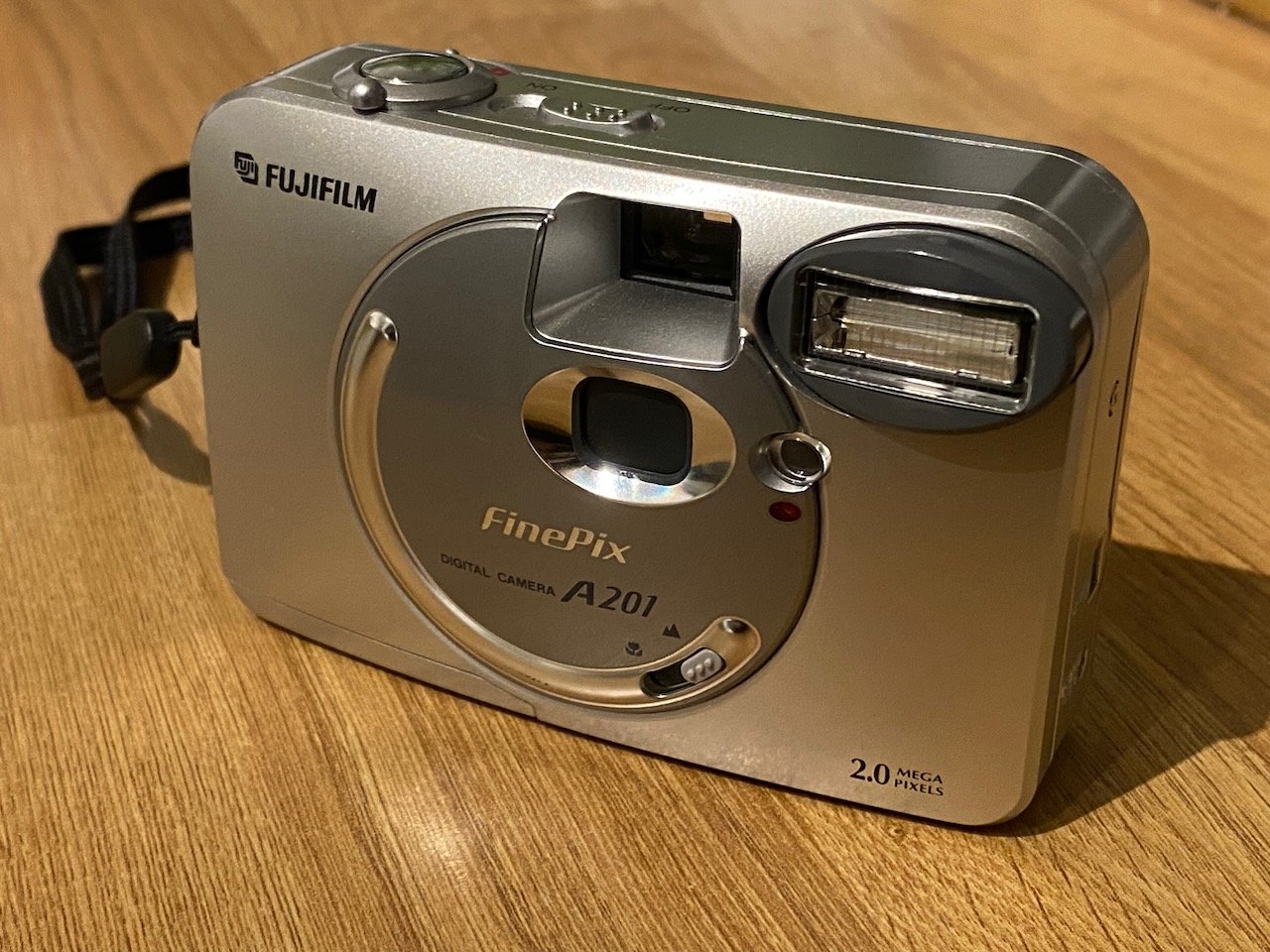

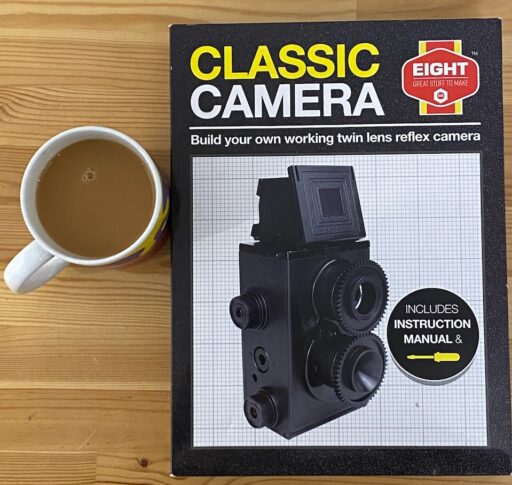

Thank you for this trip down Memory Lane, I was in awe when first using a digital camera, and would never have believed that within a few years a mobile phone would produce superior images. Glad you survived the shock that sent you reeling!